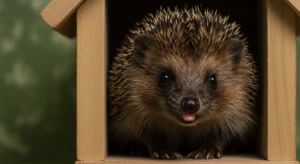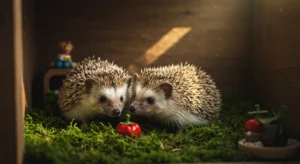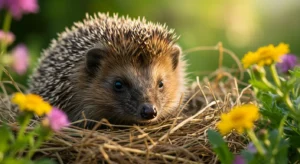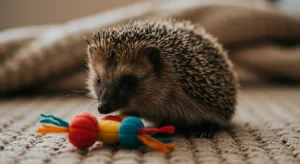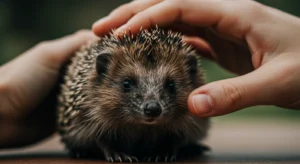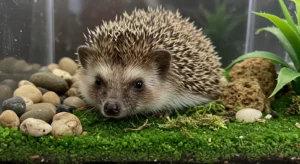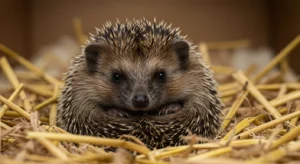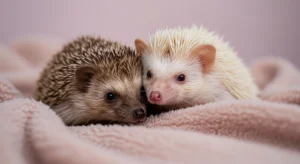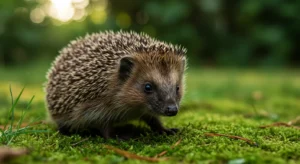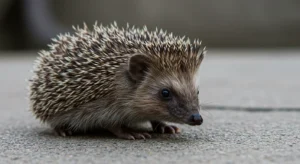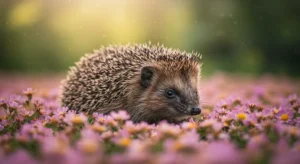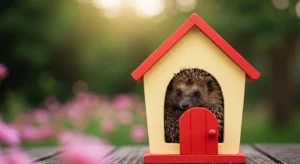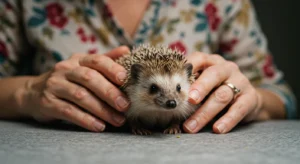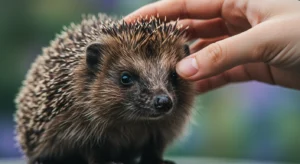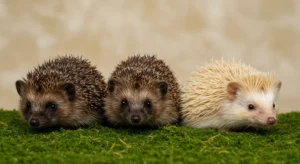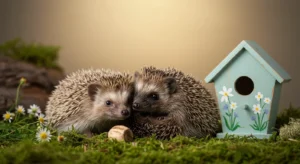Hedgehog-Proofing Your Garden: Creating a Safe Outdoor Space
Letting your pet hedgehog explore a garden can offer valuable enrichment, exercise, and exposure to natural scents and textures. However, gardens also present numerous potential dangers. Properly hedgehog-proofing an outdoor area is essential before allowing your pet supervised time outside.
Wild vs. Pet Hedgehogs
It’s important to distinguish between creating a garden friendly to *wild* European hedgehogs (native to the UK/Europe) and creating a safe space for your *pet* African Pygmy Hedgehog. Wild hedgehog conservation focuses on providing access points between gardens, shelter, and food sources. Pet hedgehog safety focuses on containing them within a secure area and eliminating hazards specific to these domesticated animals, who lack the survival instincts and climate adaptations of their wild counterparts.
Identifying Garden Hazards
Gardens can contain many dangers for a small, curious pet hedgehog:
- Escape Routes: Gaps under fences, gates, or hedges. Hedgehogs are surprisingly adept at squeezing through small openings.
- Predators: Depending on your location, this could include birds of prey, foxes, neighborhood cats or dogs.
- Toxic Plants: Many common garden plants are poisonous if ingested. See resources listing plants toxic to hedgehogs. Examples include lilies, daffodils, foxglove, ivy, and rhododendrons.
- Chemicals: Pesticides, herbicides, slug pellets, fertilizers, and treated wood are highly toxic.
- Water Hazards: Ponds, swimming pools, deep puddles, or even uncovered drains pose a drowning risk. Hedgehogs can swim short distances but often cannot climb out of steep-sided water bodies.
- Sharp Objects: Garden tools, broken glass, sharp stones, or thorny bushes.
- Holes and Entrapment: Uncovered holes, netting (pea netting, fruit cages), or cluttered areas where they could get stuck.
- Temperature Extremes: Direct sun on hot days (risk of heatstroke) or cold, damp ground.
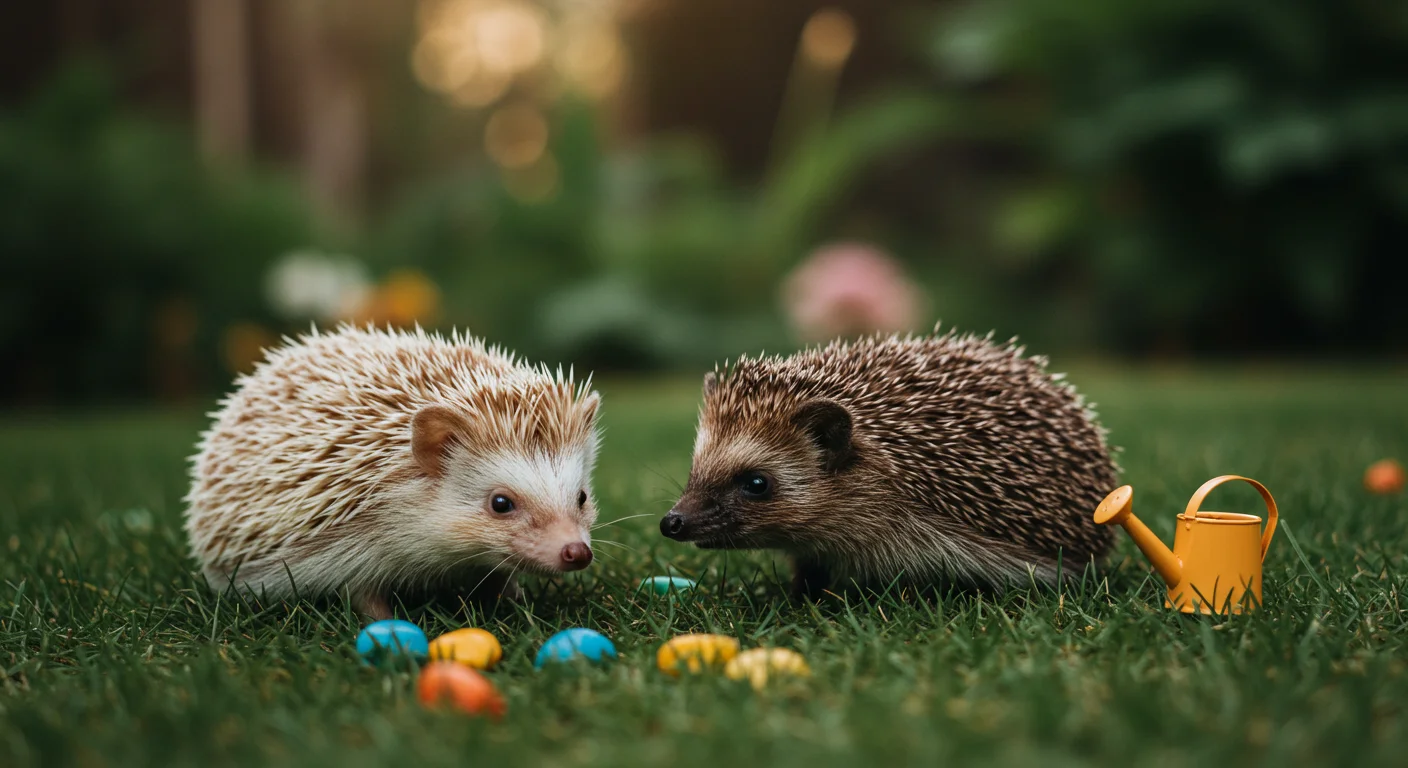
Creating a Safe Zone
Instead of proofing the entire garden, it’s often more practical to create a dedicated, secure outdoor playpen or enclosure for your hedgehog.
- Secure Perimeter: Use a solid-sided playpen (like plastic panels) at least 12-18 inches high with no gaps. Ensure it’s placed on level ground so the hedgehog cannot dig under or push it over. Alternatively, designate a small, easily monitored area and thoroughly check fence lines for absolute security.
- Hazard Removal: Within the designated zone, remove *all* potential hazards listed above. This means clearing the area of debris, ensuring no toxic plants are present, and covering any holes.
- Chemical-Free Zone: This area must be completely free of pesticides, slug pellets, and other garden chemicals for a significant period before use. Organic gardening practices are essential if hedgehogs will have outdoor access.
- Water Safety: Ensure any water features are securely covered or inaccessible. Provide a shallow dish of fresh water for drinking.
- Shelter: Provide a small hideout (like their indoor hide) within the enclosure so they can retreat if feeling stressed or too exposed.
No Free Roaming: Never let your pet hedgehog roam freely in an un-proofed garden. They can disappear quickly and encounter dangers easily.
Supervision is Key
Even within a “safe” zone, direct and constant supervision is non-negotiable when your hedgehog is outdoors. Never leave them unattended, even for a minute. This allows you to intervene immediately if they encounter an unforeseen hazard or show signs of distress.
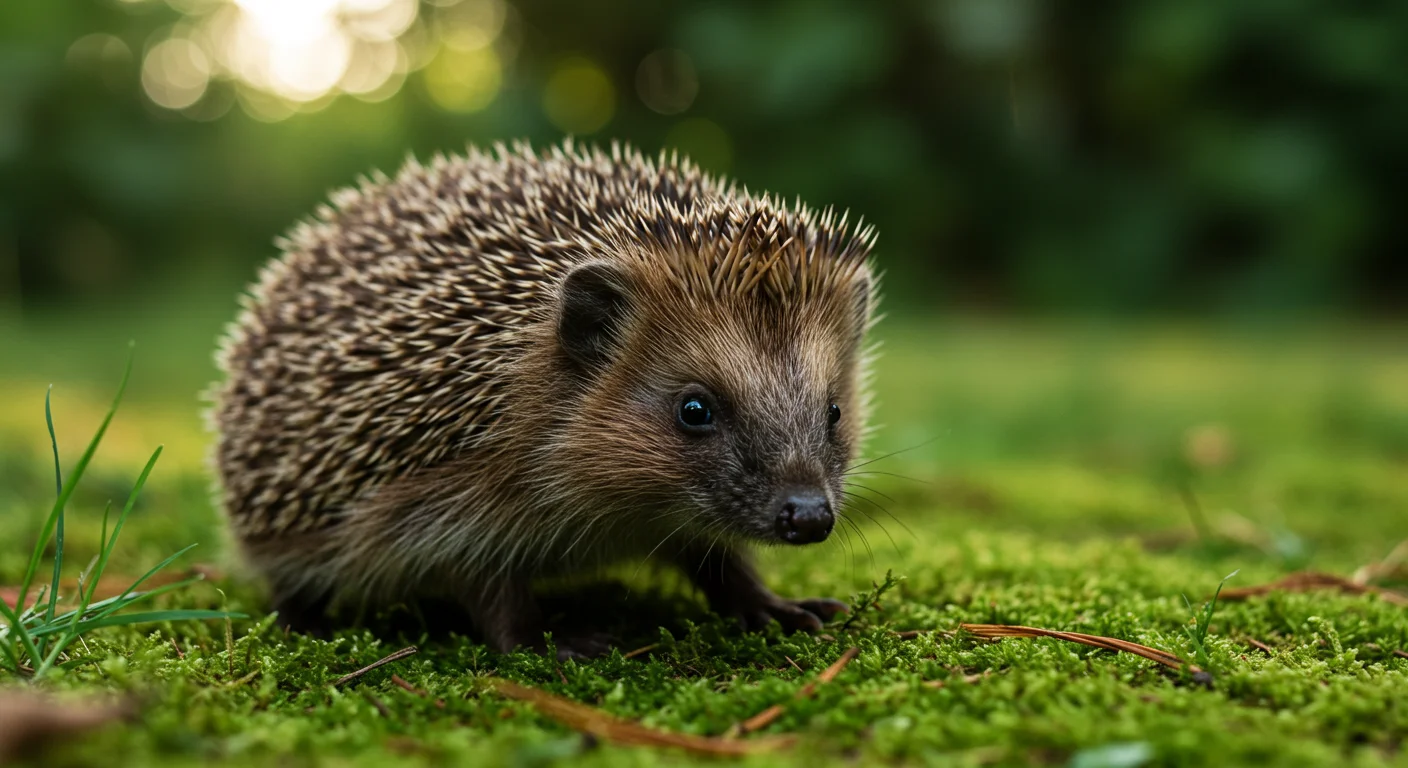
Balancing Benefits and Risks
While offering enrichment, outdoor time carries inherent risks. Always prioritize safety. Limit outdoor sessions to temperate weather (avoiding extreme heat or cold) and short durations initially. Observe your hedgehog’s behavior closely for signs of stress or discomfort. Providing a safe and enriching indoor environment with varied textures, tunnels, and foraging opportunities remains the primary way of keeping hedgehogs safe outdoors or indoors.
Properly preparing your garden for hedgehogs, whether wild or pet, involves careful consideration of potential dangers.
References
- Hedgehog Street. (n.d.). Help Hedgehogs in your garden. *Hedgehog Street partnered with People’s Trust for Endangered Species (PTES) and the British Hedgehog Preservation Society (BHPS)*. Retrieved from https://www.hedgehogstreet.org/help-hedgehogs/help-hedgehogs-garden/
- Various online resources listing plants toxic to pets (cross-reference for hedgehog safety).
